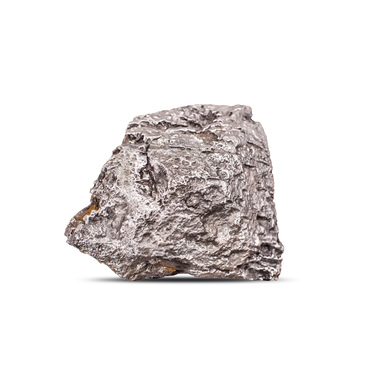Mammoths were large animals of the elephant family that lived in herds in Africa, Europe, Asia, and North America. Their anatomy resembled that of the Indian elephants. However, their bodies were covered with thick hairs reaching 80 cm in length, which protected them from cold and wind. Prior to the beginning of a winter season, mammoths shed, their hairs became thicker and lighter. Their ears and tail were short, which reduced the risk of getting frostbite.
Mammoths were twice as large as the African elephants that are considered the largest mammals in the world. Adult males reached up to 5.5 meters in height and weighed about 15 tons. Their average lifespan was between 45 and 50 years, but it is known that some mammoths could live up to 80.
These animals ate mainly grass, grain, moss, small bushes, and tree shoots. They needed a lot of food; an adult mammoth could eat between 150 and 300 kilograms a day. That is why herds were always on the move in search of new grasslands. During winter seasons, mammoths searched for food under the snow raking it with their front legs, trunk, and large front incisors — tusks.
Tusks of adult males weighed up to 100 kilograms and could reach as long as 4 meters in length. They were so strong that they are often found in better conditions than bones. However, scientists believe that tusks were not used as weapons in fights: mammoths needed them only to search for food.
Their molars, the chewing teeth, gradually worn down due to the rough food, and new ones grew in their place. In total, a mammoth could have up to six sets of teeth during its life.
With the world’s climate becoming warmer and more humid, steppe-tundra areas — the natural habitat of mammoths — became smaller. There was increasingly less food, especially in cold snowy winters when mammoths could not get food from underneath the snow. Moreover, humans hunted mammoths for meat, skins, and tusks. All these factors assured the gradual extinction of these animals. The majority of mammoths died out 10-14 thousand years ago.
Mammoths were twice as large as the African elephants that are considered the largest mammals in the world. Adult males reached up to 5.5 meters in height and weighed about 15 tons. Their average lifespan was between 45 and 50 years, but it is known that some mammoths could live up to 80.
These animals ate mainly grass, grain, moss, small bushes, and tree shoots. They needed a lot of food; an adult mammoth could eat between 150 and 300 kilograms a day. That is why herds were always on the move in search of new grasslands. During winter seasons, mammoths searched for food under the snow raking it with their front legs, trunk, and large front incisors — tusks.
Tusks of adult males weighed up to 100 kilograms and could reach as long as 4 meters in length. They were so strong that they are often found in better conditions than bones. However, scientists believe that tusks were not used as weapons in fights: mammoths needed them only to search for food.
Their molars, the chewing teeth, gradually worn down due to the rough food, and new ones grew in their place. In total, a mammoth could have up to six sets of teeth during its life.
With the world’s climate becoming warmer and more humid, steppe-tundra areas — the natural habitat of mammoths — became smaller. There was increasingly less food, especially in cold snowy winters when mammoths could not get food from underneath the snow. Moreover, humans hunted mammoths for meat, skins, and tusks. All these factors assured the gradual extinction of these animals. The majority of mammoths died out 10-14 thousand years ago.



